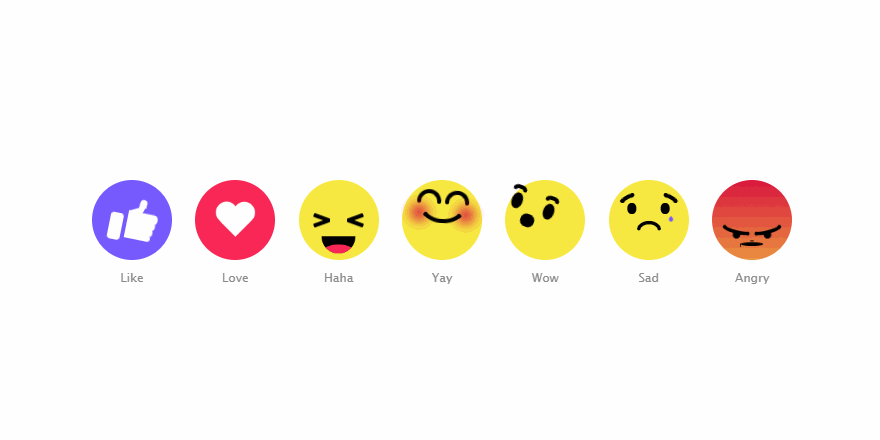The human vocal cords began anatomical changes about 100,000 years ago. These changes allowed for the kind of sounds that many modern and ancient languages require. Since then, human language and our use of this has continued to adapt and change according to our lives. Currently, it is undergoing a modern transformation, brought about largely by Millenials, smartphones, and social media.
In the age where generation Z has already started to enter the consumer market, bringing along their disposable incomes, it is important to understand this communication style that has shaped their upbringing and is also currently dominating commercial, advertising, and marketing communication methods globally.
What is Conversational Marketing
Conversational marketing is quite simply marketing that involves a feedback loop. This conversation and feedback loop can be 1-1 or 1-many or even many-many. This is opposed to traditional media and marketing with one uni-directional. However, conversations don’t just have to be verbal, they can be written, or even in the form of signs and symbols, as in the case of the emoji slider, or Facebook and LinkedIn reactions. In this article, we’ll be focusing on mostly chatbots, as a common and increasing form of conversational marketing.
The Digital Chatbot Convo
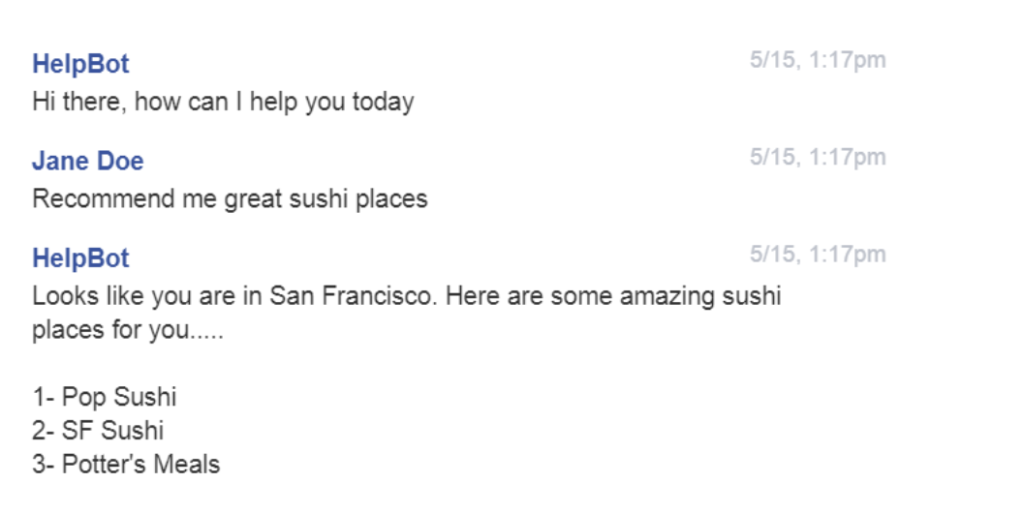
This shift to communication style marketing and advertising has led to the rise of chatbots. In-part, chatbots also exist to support the customer journey. According to a drift survey on customer’s most common online complaints, over 34% of customers say they are unable to find answers to even the basic questions. More than 57% of customers say they prefer to live chat to have their problems resolved.
However, prompt responses are also key, according to research by Harvard Business Review, companies that contact potential customers within an hour of receiving a query are seven times more likely to qualify leads when compared to those which contact after an hour. There are a few common threads of well-executed chatbots, which are:
Personal
Your customers should feel that they are talking to a human. They don’t want to be another entry in your CRM. They want their problems resolved, their queries understood and answered. They don’t want to answer the same questions again and again. For example, when you use conversational marketing methods like chatbots, you no longer have to ask repetitive questions to your prospective customers, as chatbots are very good at storing contextual data.
Instant
Conversation marketing is instant, just like actual conversations. Customers don’t like to wait to have their questions answered. That’s why companies using conversational marketing techniques like chatbots are able to boost their sales enormously. For example, by using a chatbot, famous software company Autodesk improved its customer response time by 99%, from 1.5 days to just 5 minutes. The company was able to reduce its per-case cost from up to $200 to just $1.
Flexible
Another important part of the conversation marketing strategy is that you should be flexible, ready to change and adjust based on your customer’s response and needs. Unidirectional marketing techniques are fixed and often too stubborn. To incorporate change, old methods take a lot of time and often need several “approvals” which kills the customer’s motivation and destroys buying intention.
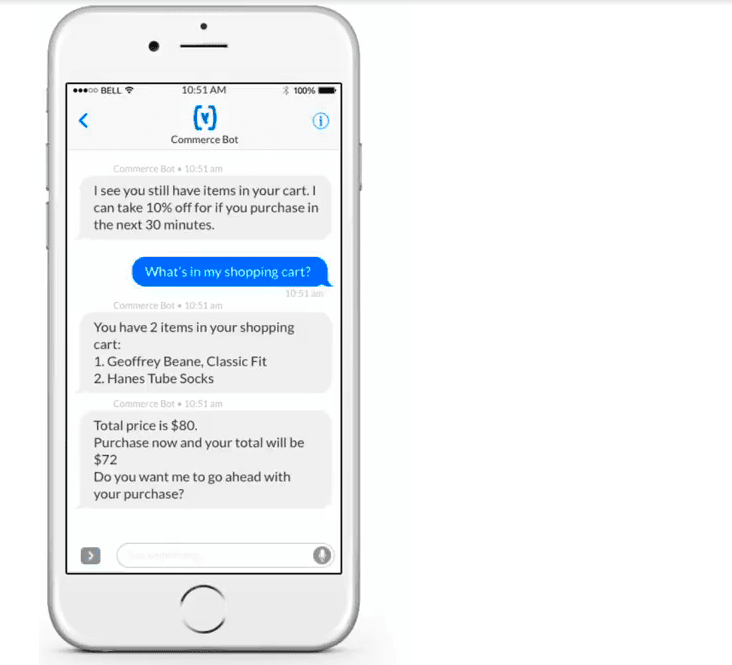
Future of Chatbots in 2020
Conversational marketing is going to take more prominence as Gen Z has already entered the consumer market. We predict in 2020, that artificial intelligence will start to enter the online conversation. In fact, they already have, with numerous ‘social listening’ tools, using a range of technology including AI, to monitor and evaluate what customers are saying about a brand online.
However, we predict that AI will begin to enter the chatbot market, as companies will develop more sophisticated technology to automate the chatbot experience. The conversational AI market is expected to grow to $15.7 billion by 2024, having a growth rate of 30.2% during the period. According to research conducted by Facebook, 56% of people prefer to message to ask their question instead of waiting in call queues. Similarly, about 53% said they prefer businesses that can interact via messages. Over 62% of customers said in a survey that they are satisfied with chat assistants online. All of these mind-blowing stats show that conversational marketing is the future of marketing, sales, and customer support.
Conversation in More Than Words
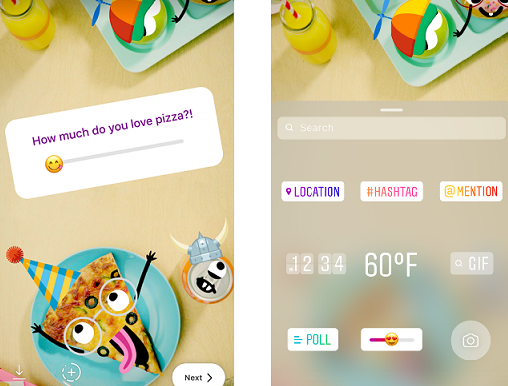
We also think that with Instagram popularising non-traditional communication methods, such as the emoji-meter, that more businesses will adopt this non-written/verbal style of modern communication. Again, as the younger generation begins to enter the consumer market, it is going to be important to have conversations with them, with familiar concepts that they have grown up around, whilst also staying on the pulse of up and coming trends. For example, Storyly, an in-app engagement tool for developers seeks to do just that, to increase the conversations had between apps and their customers through the popular and familiar concept of stories. Stories that include non-verbal and non-written communication such as emojis, polls, and meters. We predict in 2020, more interactive, bite-size, yet still conversable content will continue to rise.
How Can Mobile Businesses Use Chatbots
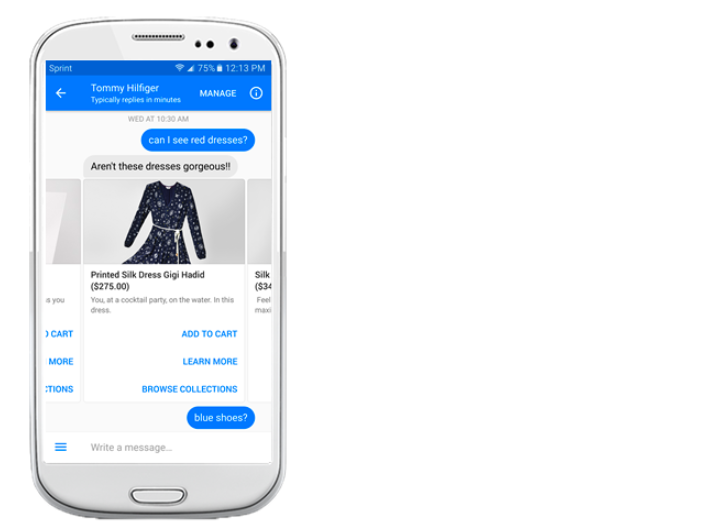
Mobile businesses and apps have a huge potential to benefit from conversational marketing. There are about 3.5 billion people using smartphones. According to research, over 85% of people in the world spend time on just 5 apps, which include WhatsApp and Facebook. This shows that almost all of the human traffic online is now coming from mobile. More and more people are shopping using their smartphones. By integrating conversational marketing techniques like chatbots, Facebook messages, WhatsApp messages, chat-based apps, businesses can leverage human’s innate desire, and modern popularization of conversational marketing and communication, to enhance the customer journey.
Facebook Messenger
There are over 65 million business pages on Facebook. Over 20 billion messages are exchanged between people and businesses on Facebook every month. Consumers are using Facebook Messenger and other popular messaging platforms to get content delivered, shop, and access support. Big companies like Hyatt, CNN, Disney, Uber, and Spring use Facebook Messenger for marketing, sales, customer support, and outreach.
Over 1.5 billion people use WhatsApp every month around the world. Having a strong presence on WhatsApp for customer support, marketing and sales would give you a huge edge over your competitors. As Facebook owns WhatsApp, there is a nice ecosystem around these two apps which makes integration and sharing extremely easy. WhatsApp is the most easily accessible app. According to a survey by Pew, about 42% of smartphone owners in the age group of 18-29 (the most lucrative audience) use more general messaging apps like WhatsApp, compared with 19% of smartphone owners aged 50 or older. Messaging apps like WhatsApp have great engagement and open rates. Data shows that 98% of mobile messages are opened and read.
Apps
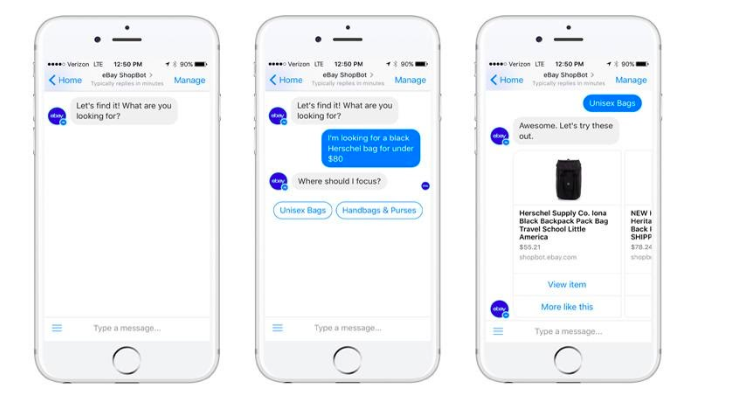
If your business has an app, try to include conversational marketing in it to engage customers. Thousands of businesses today use conversation as a primary means to engage their customers via apps. For example, eBay’s famous shopping bot ShopBot is a huge success. The bot talks to customers recommend them products and answer their queries. According to Statista, more than 30% of eCommerce companies worldwide have AI-based chatbots integrated with their online outlets and apps. Famous publishing companies like CNN are using conversational marketing to deliver news and content based on real-time user needs.
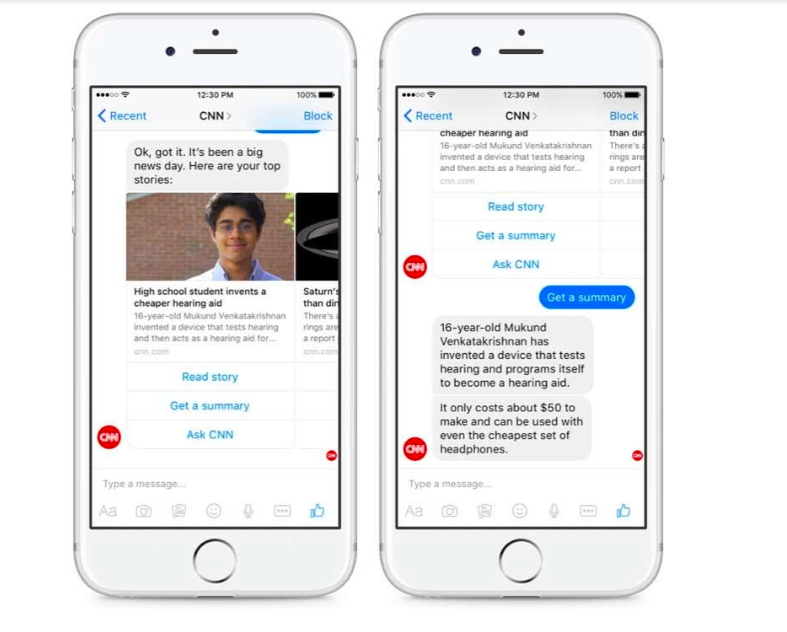
How to Use Conversational Marketing
Now that we have the answer to the question, “what is conversation marketing?” it’s time to deploy the strategy for your business. If you want to add conversation marketing techniques in your online business, app marketing or mobile marketing, we’d recommend tools like Twilio Studio, Hubspot messages, Drift and Chatfuel. These tools allow you to build automated conversation flows to shrink sales cycles and answer queries quickly and more efficiently. These conversational marketing tools could be easily used without having any technical or coding knowledge.
Would you like to know more about other forms of conversational marketing? Write in your comments below your thoughts!



